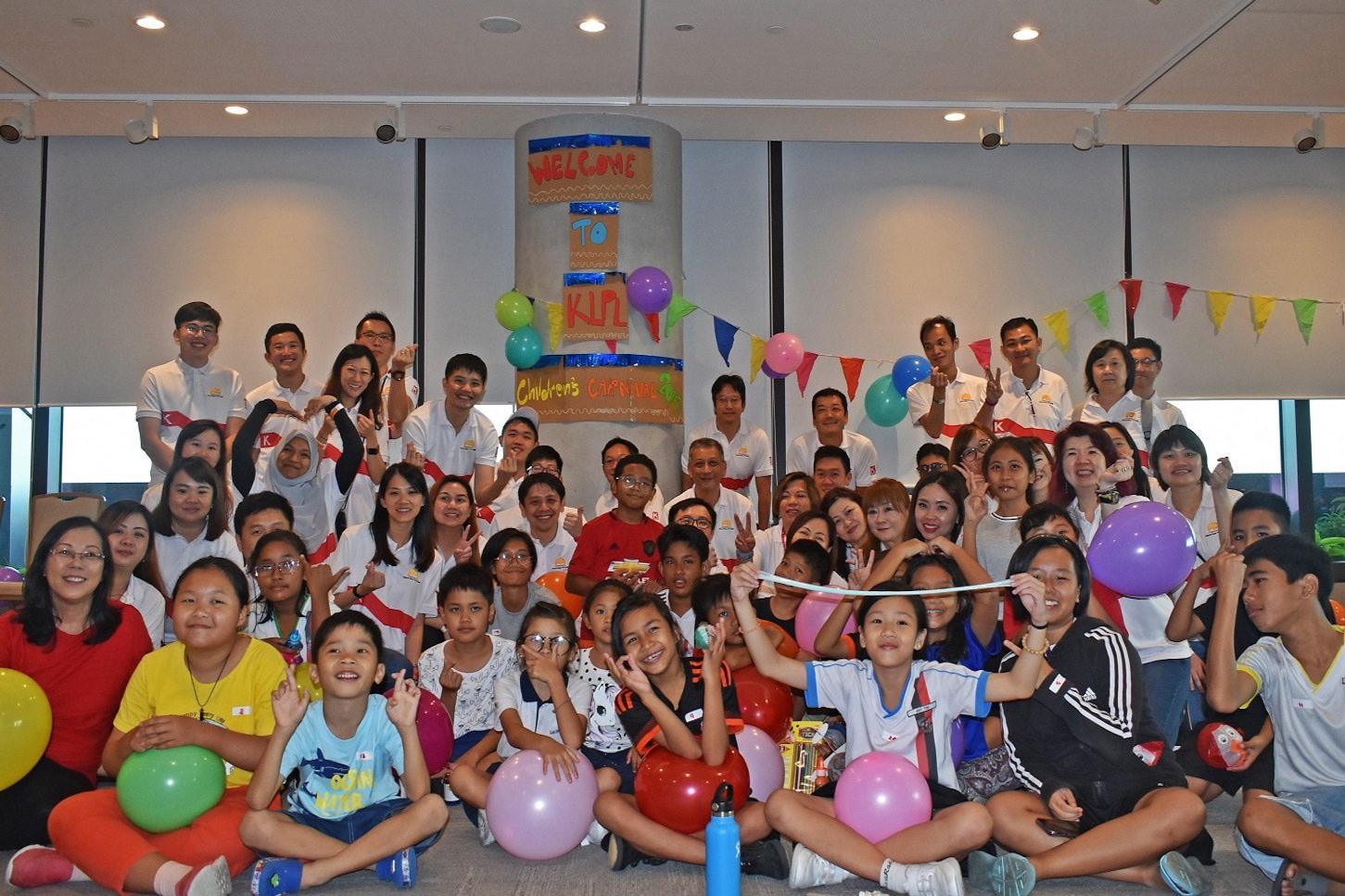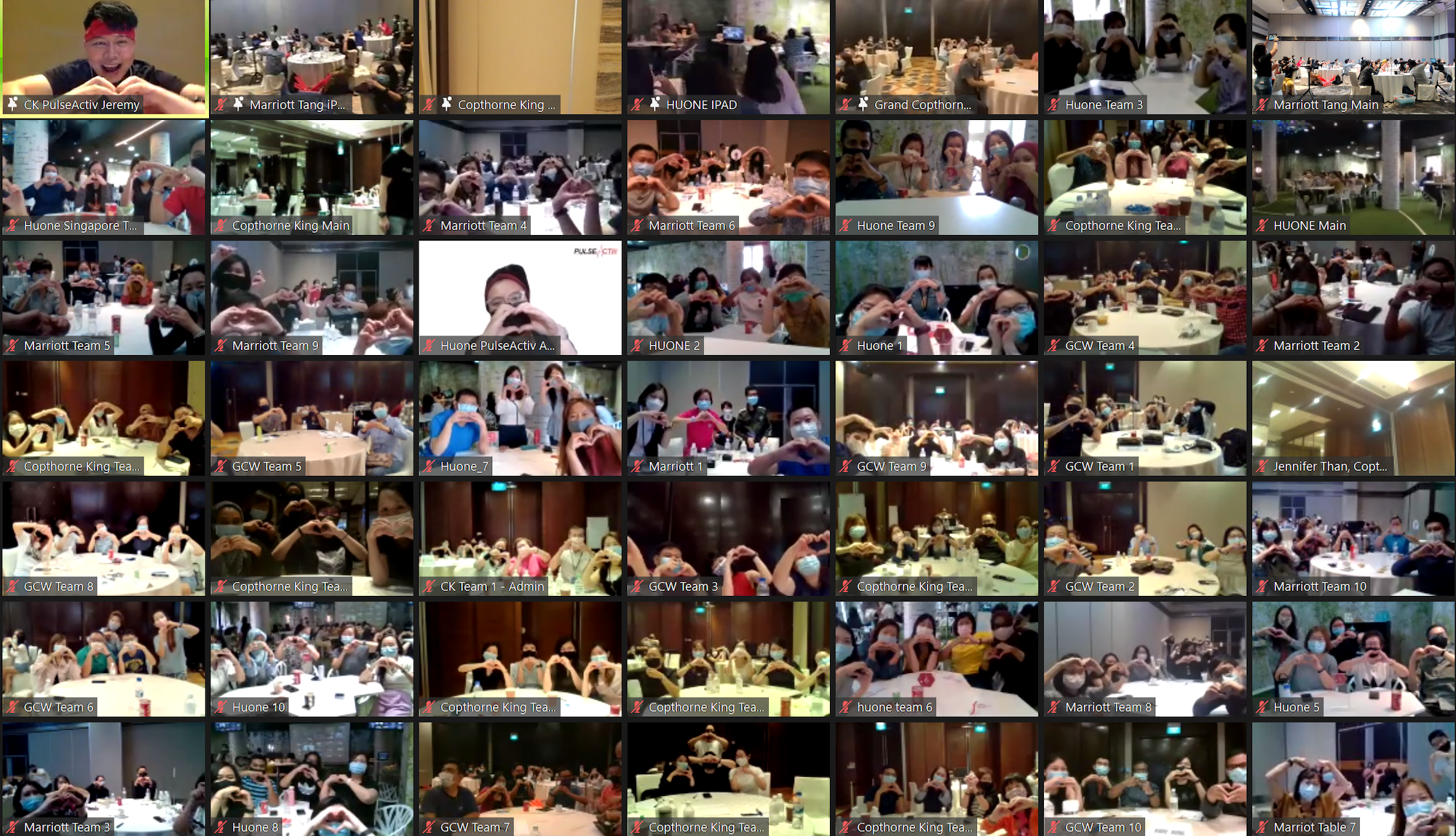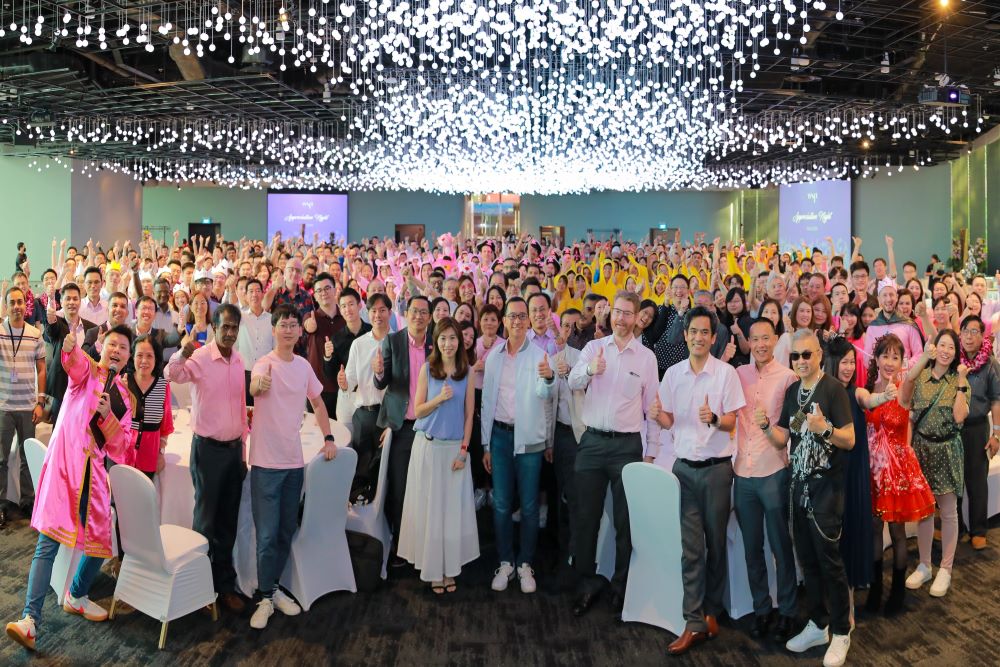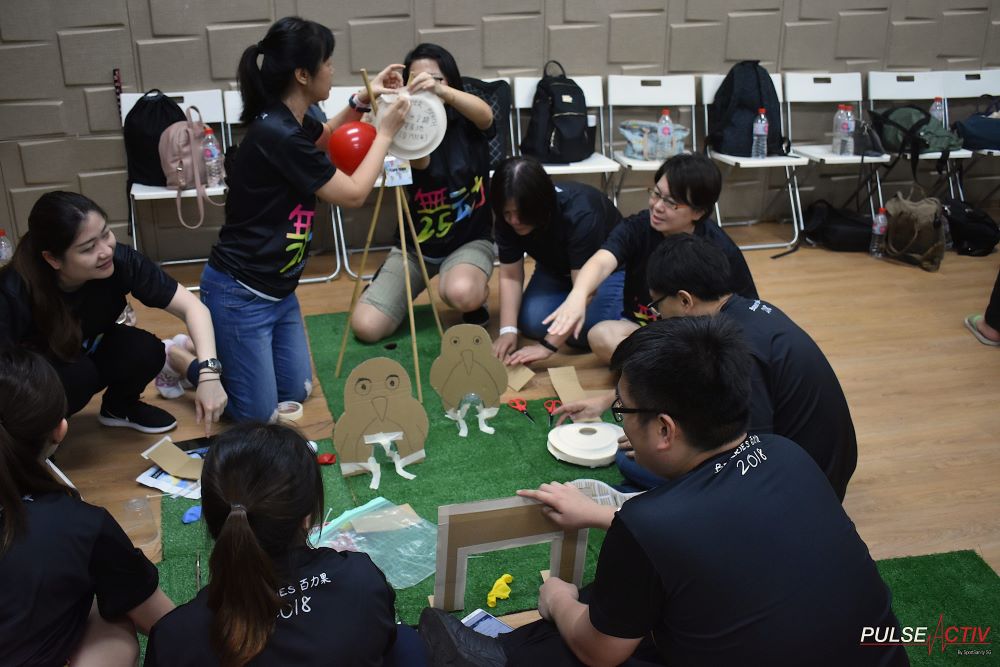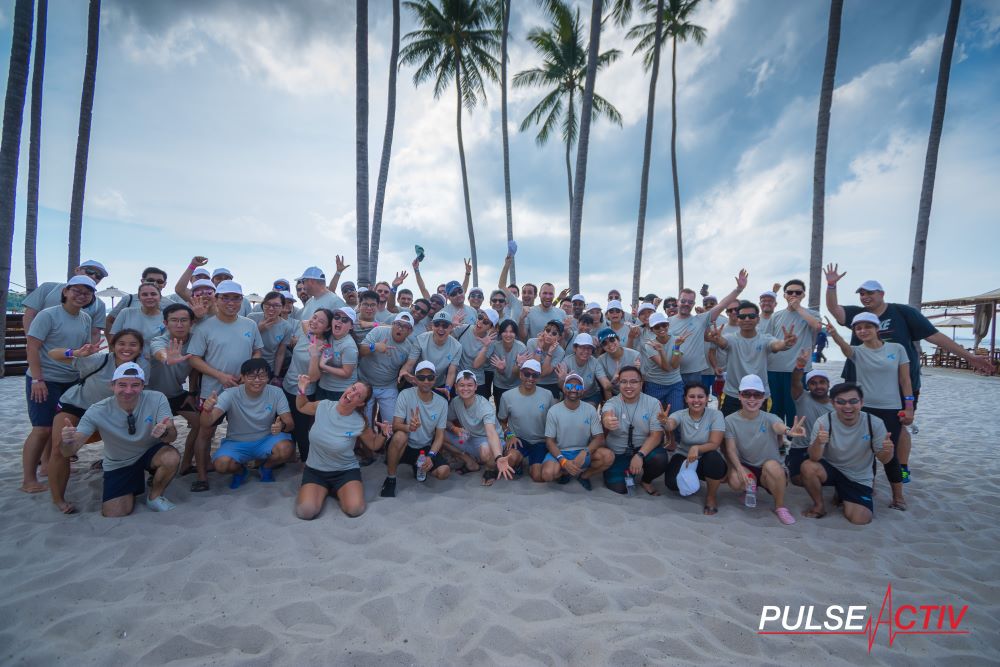Corporate Family Day Events: Building Bonds Beyond the Office
In today’s fast-paced corporate environment, fostering a sense of community and connection within an organization is essential. One effective way to achieve this is through corporate family day events. These events bring employees and their families together in a relaxed, fun-filled setting, allowing them to bond and create lasting memories. Here’s why corporate family day events are crucial for building bonds beyond the office and how they benefit both employees and organizations.
1. Strengthening Employee Relationships
Enhancing Interpersonal Connections
Corporate family day events provide an opportunity for employees to interact with each other in a non-work setting. This change of environment helps break down barriers and encourages open communication. Employees get to know each other on a personal level, fostering deeper connections and improving teamwork back in the office.
Building a Sense of Community
Bringing families into the mix strengthens the sense of community within the organization. Employees feel a stronger connection to their colleagues when they see them in the context of their families. This sense of community can lead to a more supportive and collaborative work environment, where employees are more willing to help each other and work together towards common goals.
2. Boosting Employee Morale and Engagement
Showing Appreciation
Organizing a family day event shows employees that the company values and appreciates them. It acknowledges the important role that their families play in their lives and recognizes the sacrifices they make. This gesture of appreciation can significantly boost employee morale, making them feel valued and respected.
Increasing Job Satisfaction
When employees feel appreciated and connected to their colleagues, they are more likely to be satisfied with their jobs. Corporate family day events contribute to a positive work culture, where employees are happier and more engaged. This increased job satisfaction can lead to higher productivity, lower turnover rates, and a more motivated workforce.
3. Promoting Work-Life Balance
Encouraging Family Involvement
By inviting families to participate in company events, organizations promote a healthy work-life balance. Employees can spend quality time with their loved ones while also enjoying the company of their colleagues. This balance helps reduce stress and burnout, leading to happier and more productive employees.
Supporting Employee Well-Being
Corporate family day events provide a break from the routine and a chance to relax and have fun. Activities such as games, picnics, and outdoor adventures allow employees to unwind and recharge. This focus on well-being can lead to improved mental and physical health, resulting in a more resilient and energized workforce.
4. Enhancing Company Culture
Creating Shared Memories
Shared experiences and memories created during corporate family day events strengthen the bonds between employees. These positive experiences contribute to a cohesive company culture, where employees feel connected and committed to the organization. A strong company culture is essential for attracting and retaining top talent.
Aligning with Company Values
Corporate family day events can reflect the values and mission of the organization. For instance, if a company values community involvement, the event can include volunteer activities or partnerships with local charities. This alignment with company values reinforces the organization’s identity and purpose, creating a sense of pride and loyalty among employees.
Practical Tips for Organizing a Successful Family Day Event
Plan Ahead
Start planning the event well in advance to ensure everything runs smoothly. Consider the needs and preferences of employees and their families, and choose a date that works for most people.
Choose Inclusive Activities
Select activities that cater to a wide range of interests and age groups. Include games, entertainment, and interactive sessions that everyone can enjoy.
Provide Refreshments
Offer a variety of food and beverages to keep everyone energized and satisfied. Consider dietary restrictions and preferences to ensure inclusivity.
Communicate Effectively
Keep employees informed about the event details through regular updates and reminders. Use emails, posters, and social media to generate excitement and ensure maximum participation.
Gather Feedback
After the event, seek feedback from employees to understand what worked well and what could be improved. Use this feedback to plan future events and continuously enhance the experience.
Conclusion
Corporate family day events are a powerful tool for building bonds beyond the office. They strengthen employee relationships, boost morale and engagement, promote work-life balance, and enhance company culture. By investing in these events, organizations can create a positive, supportive, and cohesive work environment that benefits both employees and the company as a whole. As companies continue to prioritize employee well-being and connection, corporate family day events will remain an essential and cherished part of corporate culture.
To head back to read another article in our blog, click here.


